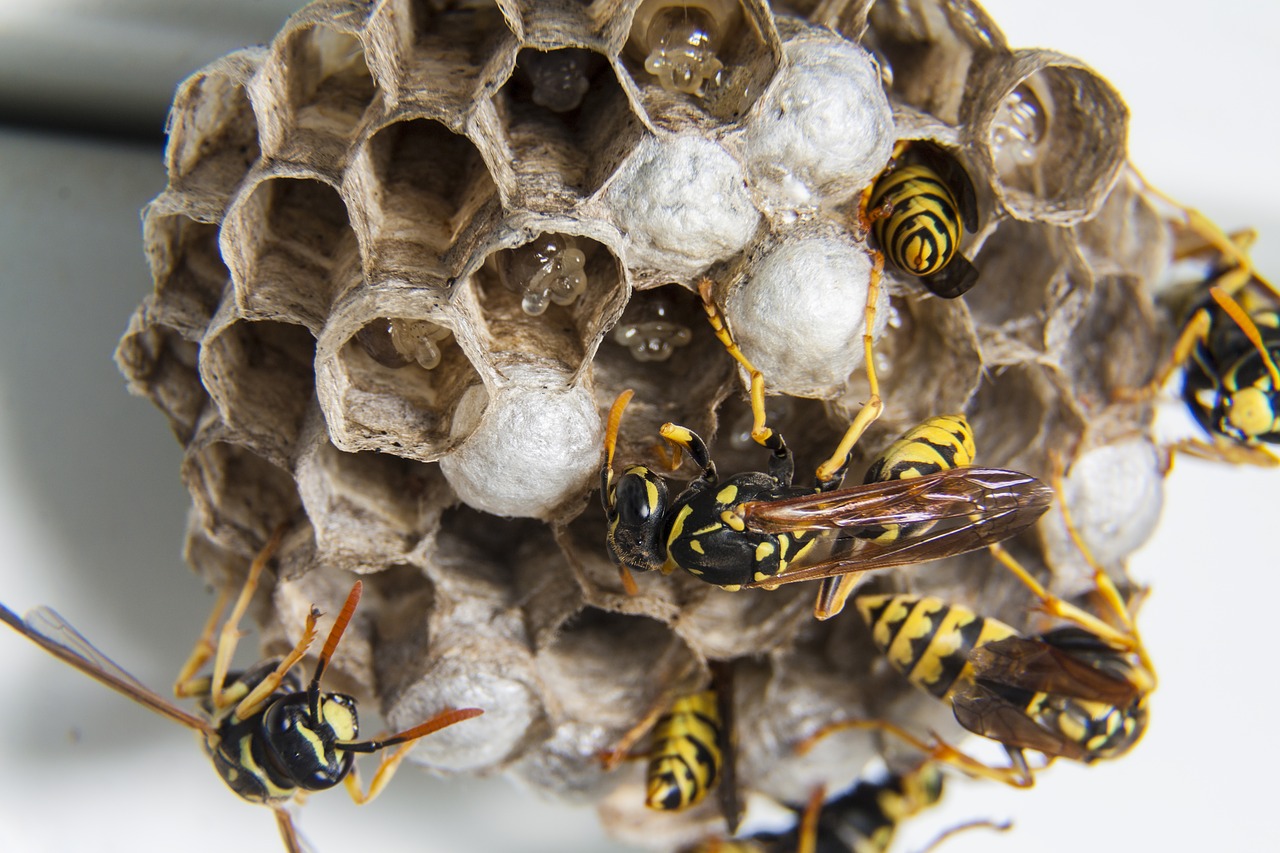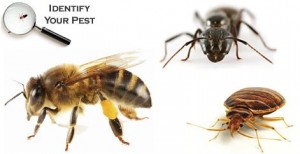Wasps are a noticeable absence during winter, so where do they go? Do they stay in their nests or do they migrate like birds? And also, when will they be back to bother us some more?
From Spring onwards you may start to spot larger than normal wasps. These are the queen wasps emerging from their winter hiding places. Their hibernation spots can even be as diverse as a fold in a curtain, or in sheds and lofts. The queens go out to scout for a new place to build a nest and lay their eggs. You’ll definitely know it’s a queen if you allow one to sting you, as a queen wasp has a very distinctive stinger which they can use over and over again.
When summer comes to an end, the worker wasps will go home to the nest and die. The queen is the only survivor. She will never use the old nest again, so she needs to build a new nest right away. The queen will then lay her eggs, which hatch into her adult worker wasps. This only takes around 3 weeks from egg to fully grown insect.
The worker wasps will build and maintain the nest for their queen, and will go out to find food. By June the wasps’ nests can be quite large, and you may even spot the wasps on the outside of their nests making repairs to the structure.
In the late summer and autumn wasps will become noticeably more aggressive. This is because the food becomes more scarce, so they become nastier to find their next meal. A can of fizzy drink, discarded fruit or even beer can make a great meal for a hungry wasp. The ripe fermenting fruit in autumn can make the worker wasps become clumsy, and they even appear drunk.
If you think you have a wasps nest on your property, it’s important to have it dealt with properly by contacting pest control professionals like ourselves. Make sure any pets or children stay far away from the nest site, as aggressive workers or even the queen are prone to stinging if they feel threatened. We know how to handle wasps correctly and safely.






